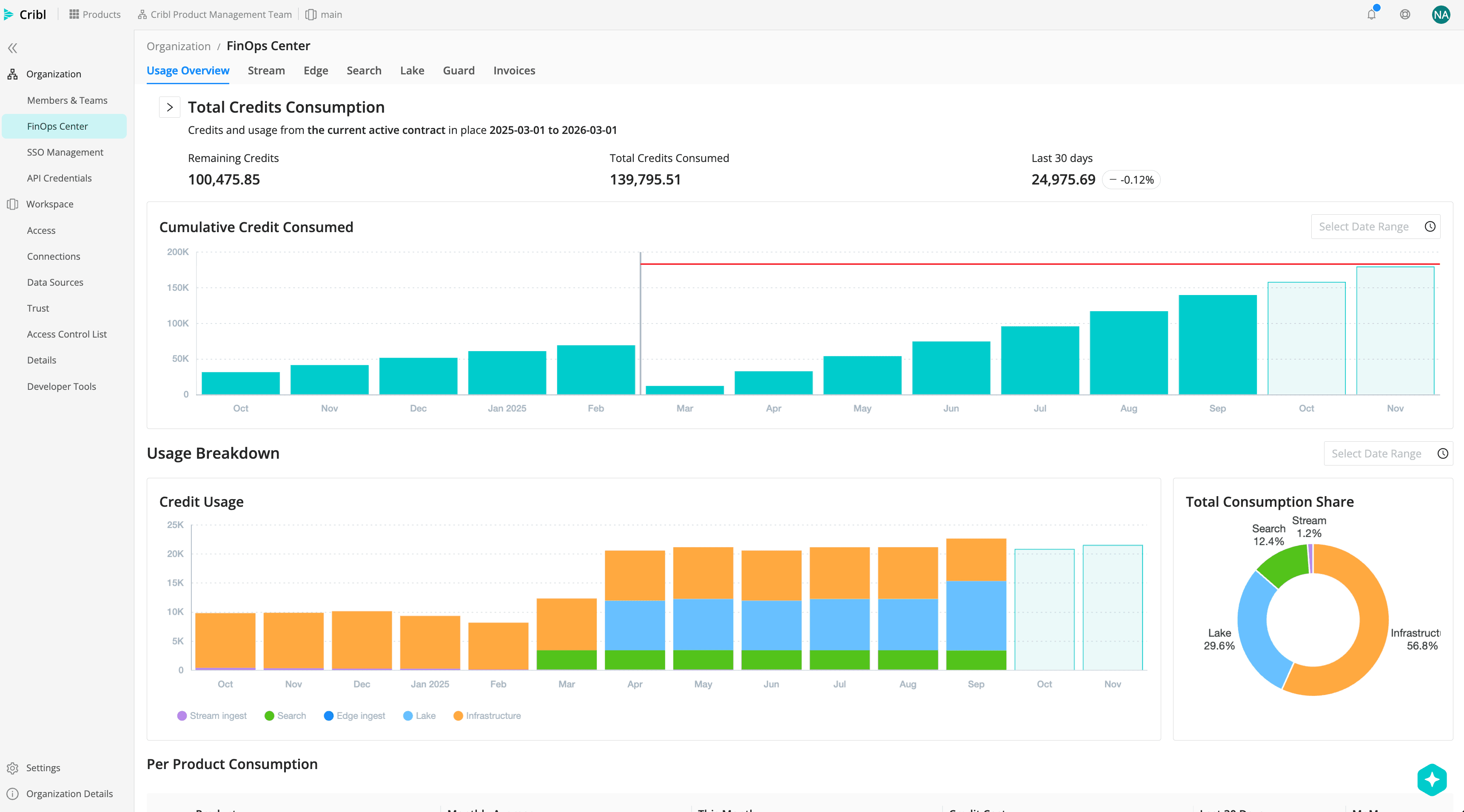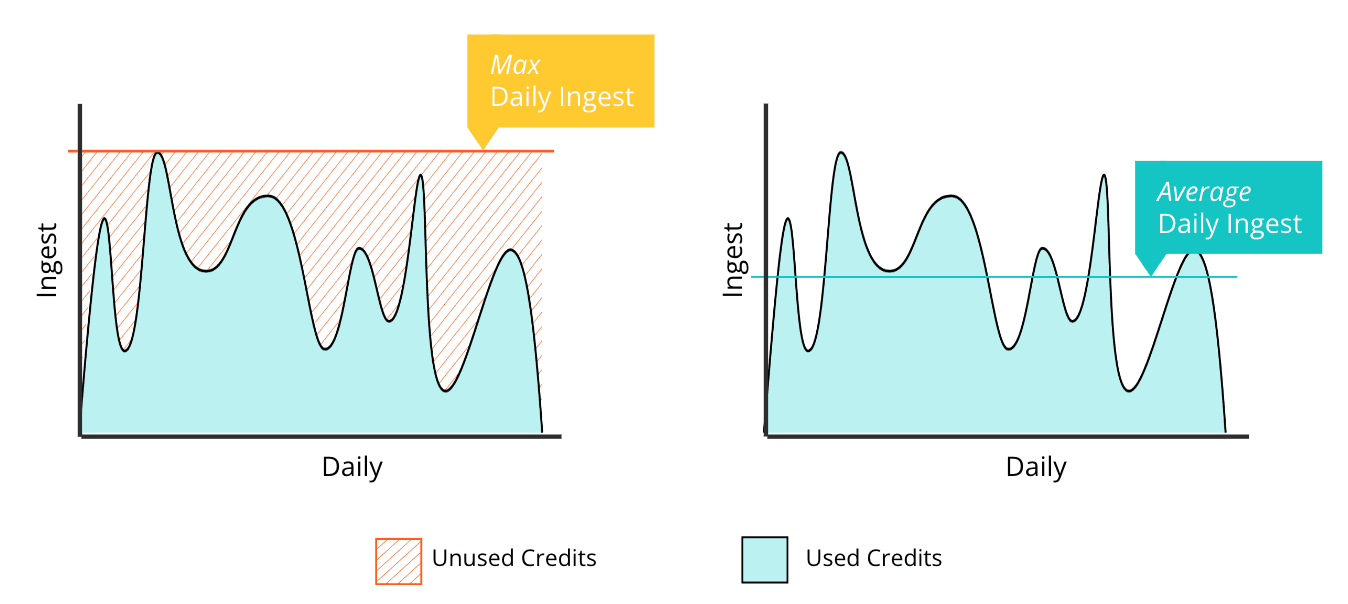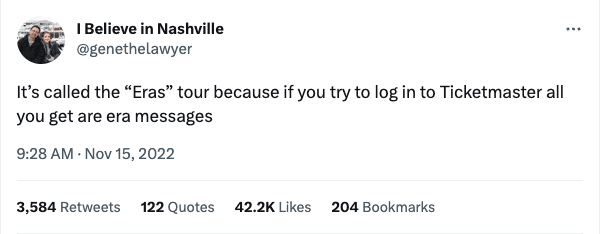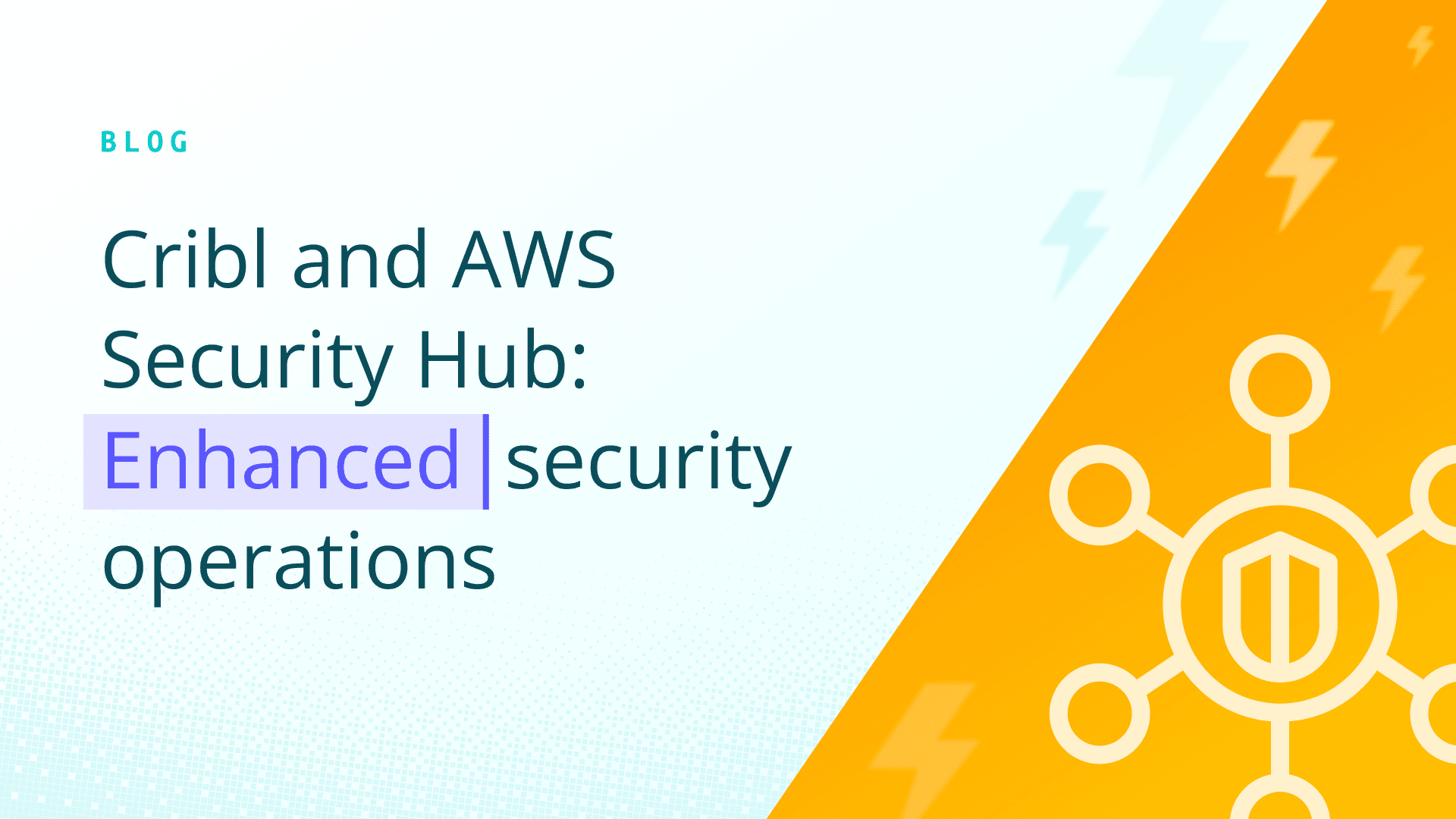TLDR; Cribl.Cloud pricing is based on a consumption model using credits. Enterprise customers are now able to add Multiple Worker Groups. Cribl-managed cloud-hosted workers will be priced on two dimensions: ingest and infrastructure. Best practice for capacity planning? For ingest, use average daily ingest, for infrastructure, use peak ingest rate.
Trying to explain and understand pricing can sometimes feel like this:

That’s why when we started discussing how Cribl.Cloud pricing would work, we had two goals in mind:
Keep it as simple as possible
Give customers control over their spending
Consumption Pricing: Only Pay for What You Use
The concept of consumption pricing is common in our everyday lives. Utility services bill us based on how much electricity, water, and gas we consume each month.
It’s the fairest and simplest way for a business to price products — you can dial up or down usage at any time, and only pay for what is used. There’s no need to pay per user, per endpoint, per feature, or any other metric and you aren’t bound to a particular product or service.
How It Works
You may have heard of Schrute Bucks and Stanley Nickels*, but have you heard of Cribl Credits? You have your pool of Cribl Credits which you can draw down from and use towards any Cribl product or service in the Cloud.
Within the Cribl.Cloud platform, you can keep tabs on your credits and check usage.

Unused credits roll over annually within a subscription term. At the end of each year, up to 20% of remaining credits carry forward to the next year. Any excess credits beyond the 20% rollover limit are forfeited. If a subscription is not renewed, any remaining credits expire upon cancellation.
Your spend parameter depends on the product. For Stream and Edge, it equates to data ingest and the infrastructure resources needed to deliver the performance you need. For Search, it equates to the amount of compute resources used to deliver search results. This means you can adopt more use cases faster and ultimately gain greater value from using Cribl.
*There is no exchange rate between Cribl Credits and Schrute Bucks/Stanley Nickels/unicorns and leprechauns.
Cribl.Cloud Pricing Model
Let’s focus on the Enterprise license tier. Customers have access to the entire suite of products — Stream, Edge, Search, and Lake. Here’s how you can understand and estimate your Stream usage and pricing:
Cribl-Managed Cloud-Hosted Workers
The new highly-anticipated Multiple Worker Groups feature allows you to effortlessly add, resize, and decommission Cloud Worker Groups, making it quick and easy to scale and customize your infrastructure requirements to accommodate higher or lower ingest rates as needed.
If you’re not utilizing certain Worker Groups and they’re being left idle, disable the infrastructure on those groups to save credits. You don’t have to delete the group, the group with its configuration can remain as is. This new feature means you can manage and grow Stream in Cloud on your terms and we are excited for you to start using it!
Ingest + Infrastructure
To support cloud-hosted workers, Cribl Stream in Cloud will be priced on two dimensions: ingest which is set at 0.32/credits per GB, and infrastructure which is based on the size of the worker group provisioned. Enterprise customers using Cribl-managed Worker Groups can set the expected ingestion in MB/sec. Based on the configured ingest rate, Cribl.Cloud will spin up the appropriate infrastructure on the backend and will manage it for you.
With this pricing model, you pay a base infrastructure cost along with ingest cost. You hold the reins of your Cribl deployment — control how you use Stream and better manage your spend.
Start Small and Grow as You Need
You don’t need to know exact infrastructure sizing before buying credits. You can buy credits based on average ingest size and tune your deployment to support your use cases. Remember, infrastructure doesn’t mean just data ingesting — think about how much processing power you want.
For instance, if you have an extremely complex pipeline that needs more infrastructure to process data, then you’ll want to play it safe and size up. Or you can lower it, wait for data to get processed, and see if it works for your use cases.
Think about it this way – when driving a car, you can go faster by putting your foot on the gas. You’ll burn more gas but you’ll get to your destination faster. This works the same with data and processing power. When it comes to sizing infrastructure, play around — go fast, go slow — and don’t worry about not knowing exact sizing up front.
Customer-Managed Hybrid Workers
Hybrid Workers are workers managed by the cloud-based control plane (aka Leader), while the infrastructure for these workers is provided and managed by you, the customer. For Hybrid Workers, the price has been reduced from 0.28 credits/GB to 0.26 credits/GB. There is no additional infrastructure price added. Refer to the pricing page for more detail.
How to Properly Size Ingest + Infrastructure
With Cribl’s ingest + infra model, you may be wondering how best to plan how many credits you’ll need to purchase. You don’t want to buy too many credits, but you also don’t want to run out. Here’s our recommended best practice for capacity planning:
For ingest, use average daily ingest
For infrastructure, use peak ingest rate
Ingest = Average Daily Ingest
The safest bet is to purchase credits based on the average daily ingest instead of the maximum or peak. This allows for a higher chance of utilizing all your credits with minimal leftovers.

Infrastructure = Peak Ingest Rate
Sizing infrastructure depends on how quickly you want to process data. If you need data in close to real time, size up to keep pace with the ebbs and flows of data. If you are willing to wait a bit for data to be processed, lower the infra size and save money. But there are risks — backpressure, lag, and potential data loss.
This makes most sense if you think about a real-world scenario:
You work for a retail company that uses 1TB a day on average, relatively 12MB/sec of infrastructure provisioned. Choosing 12 MB/sec infra means that infra can support up to 12 MB of data ingestion per second (this assumes normal pipeline processing with up to 1-2 destinations and nothing too heavy). Considering 86,400 seconds in a day, this translates to 12*86400 ~ 1TB/day.
Here’s how you can calculate how many credits you’ll need:

* 1 year = 8760 Hrs
But on weekends or Black Friday, more customers are shopping, so data consumption increases. If you base how many credits you purchase on 1TB of infrastructure and the data peaks up to 3TB, it’ll be service impacting on the business — lost sales, frustrated customers, overwhelmed support. In this case, you would upsize towards the weekend and holidays, and downsize during weekdays. The cool thing is, your retail company is now in control of its infra at any time based on the use case and needs.
Remember when Southwest systems crashed during the busy 2022 holiday season and travelers were left stranded? Or how Taylor Swift fans rioted when Ticketmaster couldn’t handle all the demand for her Eras tour? Let’s keep your company off this list and prepare for these scenarios — use peak for your infrastructure needs.

It’s in your hands how best to optimize performance, user experience, and of course, how you control costs. The Cribl.Cloud platform is extremely flexible so as your data needs grow, the platform accommodates accordingly.
You aren’t in this alone — reach out to your Cribl rep and have them help you navigate pricing to figure out the best solution for your needs. Check out the Cribl Pricing page and ROI Calculator for more information.
Get Started with Cribl.Cloud — 1TB/day for Free!
We’re seeing more folks wanting to try Cribl products in the cloud, and hearing more of our existing customers ask us to help them migrate their existing on-prem deployment to the cloud. And it’s no secret why. Cribl.Cloud offers:
Fast and easy onboarding. With zero-touch deployment, you can quickly start using Cribl products without the hassle, burden, and cost of managing infrastructure.
Instant scalability. The cloud provides flexibility to easily scale up or down to meet changing business needs and dynamic data demands.
Trusted security. The biggest hesitation we hear about working in the cloud is security. Cribl.Cloud is SOC 2 compliant, ensuring all your data is protected and secure.
Cribl.Cloud is the fastest and easiest way to start using Cribl products today. Get started with a free Cribl.Cloud account and use up to 1TB/day at no cost. Nothing to install, no infrastructure to manage, no license required, no payment collected. You can also access Cribl.Cloud through the AWS Marketplace or Azure Marketplace, Stream on friends!








